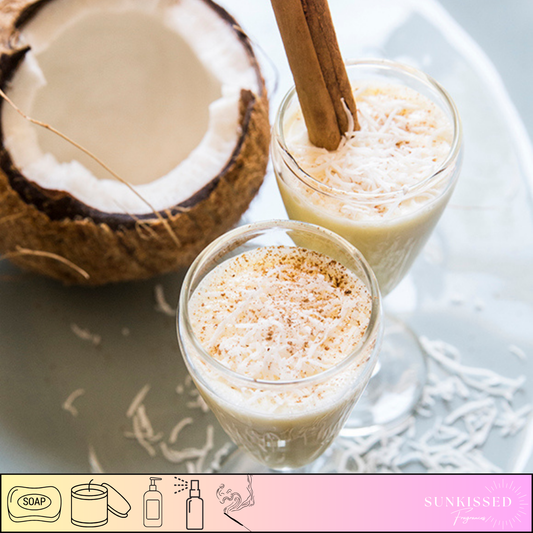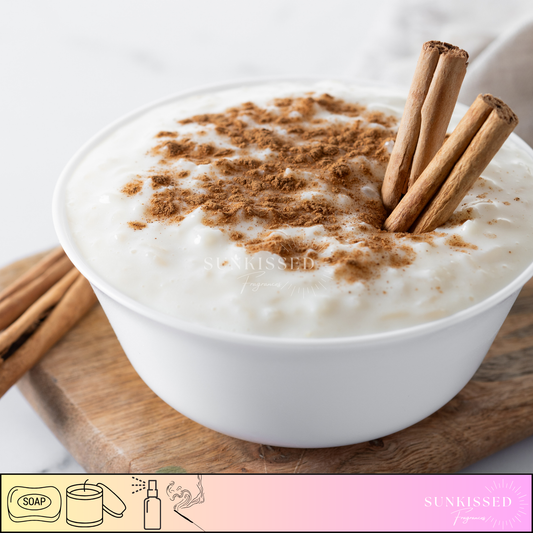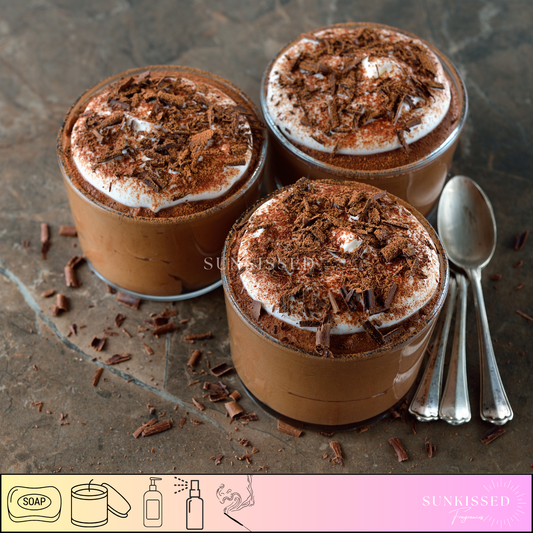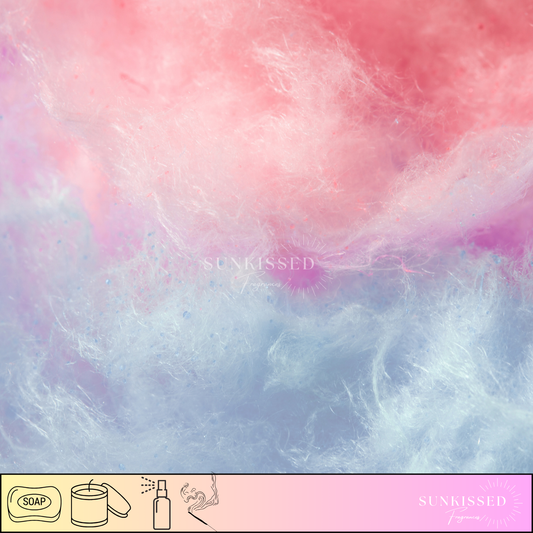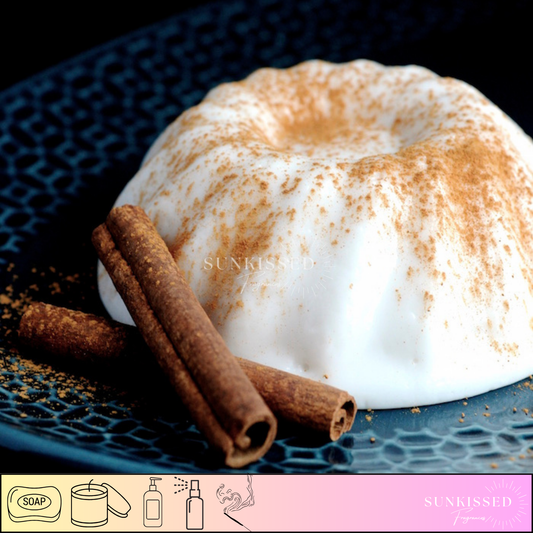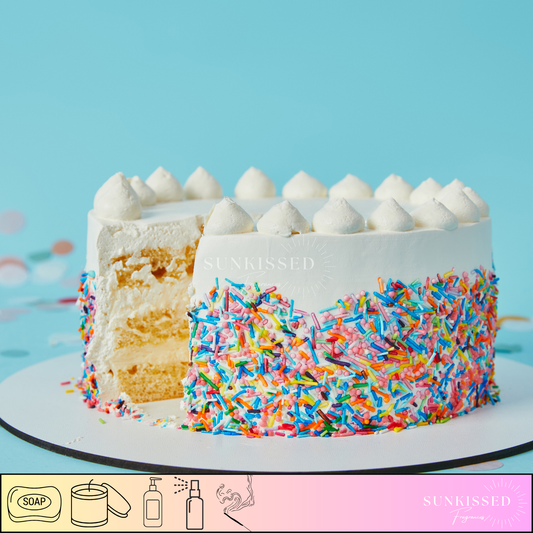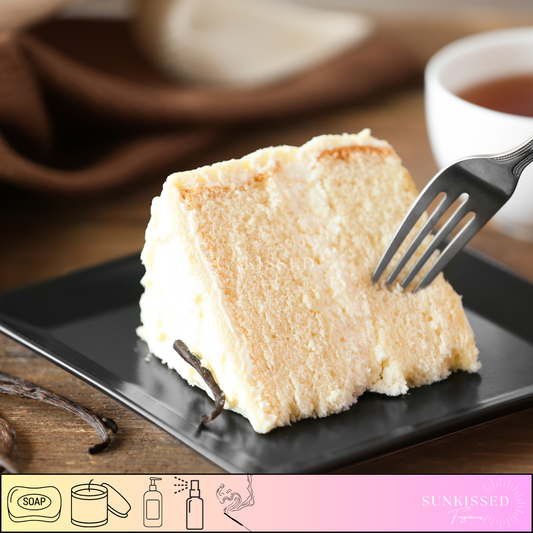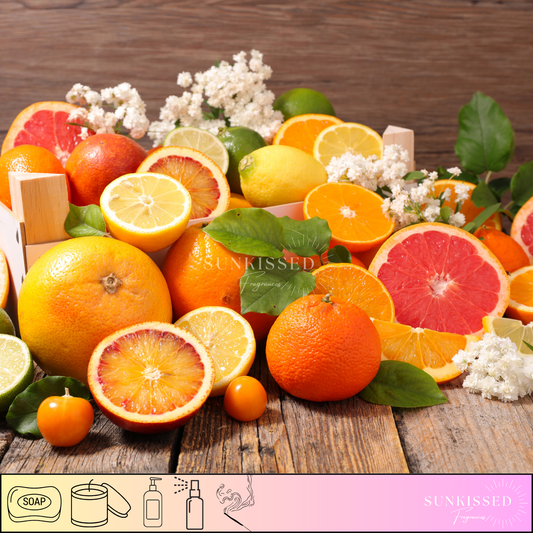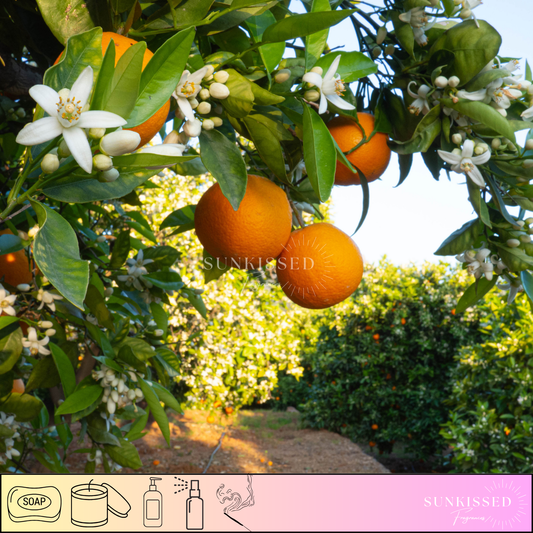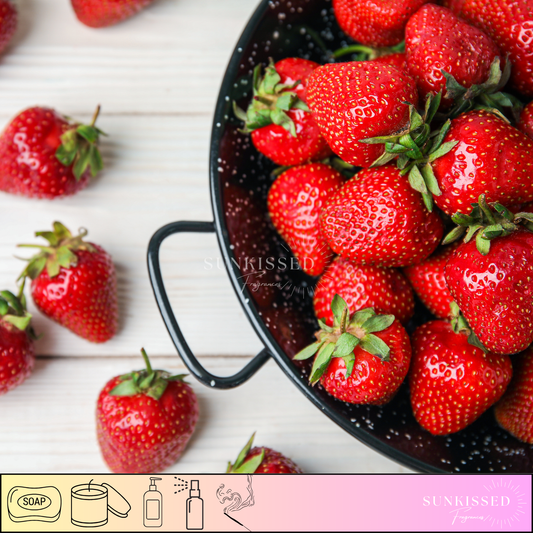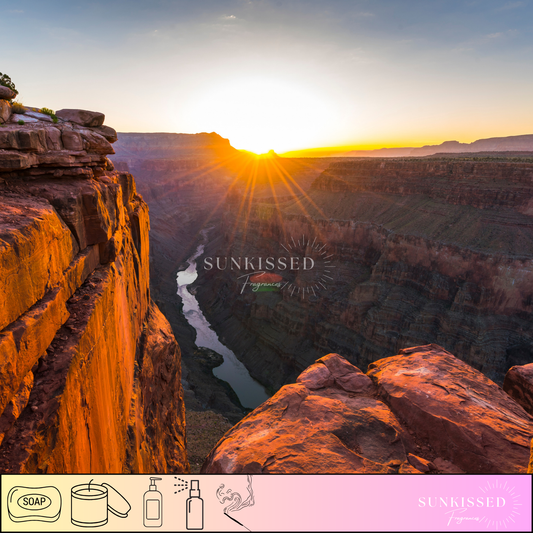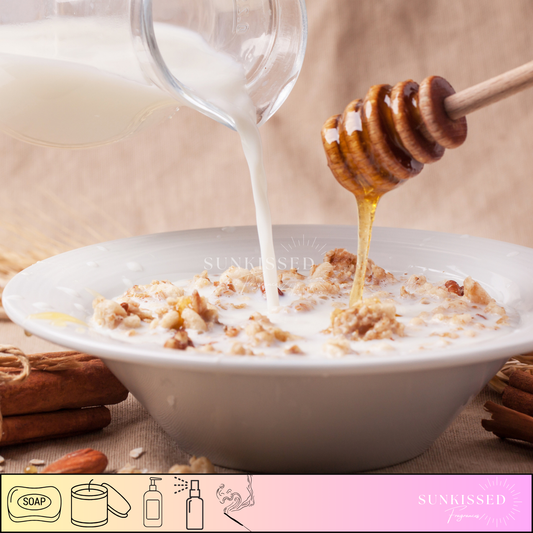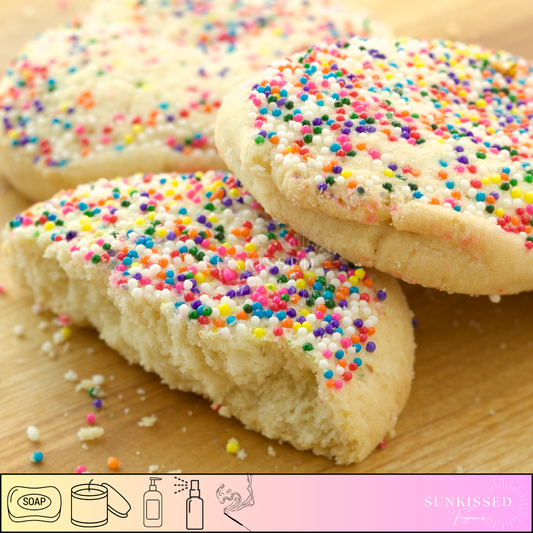
✍️ Creating Product Descriptions That Sell: The Power of Sensory Word
Estimated Read Time: 12–14 minutes
A photo might catch your customer’s eye—but a great product description closes the sale. If you're a maker, artisan, or ecommerce business owner, how you talk about your products can directly impact how well they sell.
But writing isn’t just about filling space on your website—it’s a strategic opportunity to build trust, reflect your brand voice, and convert window shoppers into buyers.
In this in-depth guide, we’re walking you through exactly how to write product descriptions that connect. You’ll learn how to:
- Speak directly to your ideal customer
- Use sensory language to spark emotion
- Avoid the most common (and costly) mistakes
- Use structure and formatting to improve readability
- Optimize for search engines
- Make your copy work harder on mobile
💡 Why Great Product Descriptions Matter More Than You Think
Product descriptions often get overlooked, especially by small businesses focused on visuals. But here’s the truth:
Well-written product copy can increase conversions by up to 78%.
— Nielsen Norman Group
That’s not just fluff. Great descriptions help customers:
- Understand the value and benefits of your product
- Feel more confident in their buying decision
- Connect with your brand story and tone
- Picture how the product fits into their life
- Find your listings through organic search
Poor descriptions, on the other hand, create confusion or indifference—and confusion always kills conversions.
🧠 Start With Your Customer, Not the Product
Writing with your product in mind leads to lists of features. Writing with your customer in mind leads to meaningful copy.
Ask yourself:
- Who is this for?
- What matters most to them—feel, function, design, ethics?
- What experience do they want to have with this product?
- What’s stopping them from buying?
Example: You're selling a handmade weekly planner. Your customer isn’t just looking for “80 pages and a softcover.” They’re looking for:
- A fresh start
- Something to help them stay organized
- A tool that doesn’t feel like a chore to use
Your job is to connect those dots.
👃 Sensory Words Create Connection
Sensory language taps into imagination and emotion. When you describe how something feels, looks, smells, or even sounds, you invite your customer to experience it before they click "Buy Now."
Let’s look at this example:
❌ “This is a soft, blue blanket made with acrylic yarn.”
✅ “Wrap yourself in cozy softness—this plush, cloud-weight blanket is hand-knit from no-itch yarn and designed to add calm to your couch or bedroom.”
The difference is clear. One is a spec sheet. The other paints a picture.
📚 Sensory Word Bank
Use this table to spark vivid, sensory-driven language:
| Smell | Touch | Sight | Taste* |
|---|---|---|---|
| Woody, Smoky, Clean | Soft, Buttery, Textured | Matte, Iridescent, Bold | Zesty, Sweet, Bitter |
| Crisp, Herbal, Spicy | Velvety, Slick, Gritty | Frosted, Minimalist, Rustic | Fruity, Creamy, Tart |
*Taste terms can describe edible products or be used to evoke moods (e.g., “zesty” energy).
🧾 How to Structure a High-Converting Product Description
There’s no one-size-fits-all formula—but most great descriptions follow this flow:
- Open with Emotion or Purpose: A short line that captures a feeling.
- Sensory Storytelling: Describe the user experience vividly.
- Features With Benefits: Link each feature to what it does for the buyer.
- Guide Usage: Suggest how, when, or where to use the product.
- Close with Confidence: Reinforce quality or emotional payoff.
🔁 Real-World Rewrites
📦 Example 1: Canvas Tote Bag
Before: “12 oz canvas tote bag with zipper. Reusable.”
After: “Made to go where you go—our heavyweight canvas tote carries it all with ease. Reinforced seams, a zippered top, and soft handles make it your go-to for market mornings, library trips, and daily essentials.”
☕ Example 2: Ceramic Coffee Cup
Before: “Stoneware mug. Microwave and dishwasher safe.”
After: “Wheel-thrown in small batches, this stoneware cup blends earthy texture with modern shape. Its sturdy handle and curved lip make every sip feel grounded—whether you're at your desk or your dining table.”
🧠 Functional vs. Emotional Writing
| Functional | Emotional |
|---|---|
| 100% cotton fabric | Soft, breathable, and gentle on skin |
| 14 oz tumbler | Sized just right for your morning coffee ritual |
| Rechargeable battery | No more scrambling for replacements mid-task |
📱 Writing for Mobile vs. Desktop
With over 70% of shoppers browsing on mobile, your descriptions must be scannable and fast to read.
- Use short paragraphs (1–3 sentences)
- Use bold text for key info
- Break up content with bullets
- Always preview your product page on mobile
🛠 Tools to Make Writing Easier
- Grammarly – Grammar, tone, and clarity suggestions
- Hemingway Editor – Simplifies complex sentences
- ChatGPT – Brainstorm or polish product ideas
- Canva Docs – Branded content formatting
- Google Docs – Team collaboration and templates
📈 SEO Tips for Better Visibility
- Use natural, keyword-rich phrases early in the description
- Include long-tail keywords
- Write unique content for each listing
- Add image alt tags and descriptive file names
- Use subheadings and structured layout
Helpful tools: Ubersuggest, Keywords Everywhere, Google Trends
✅ Checklist Summary
- Write for your ideal customer
- Open with emotion or intent
- Use sensory language
- Pair features with benefits
- Include use-case guidance
- Format for mobile users
- Include SEO-friendly keywords
🧠 Final Thoughts
Product descriptions are your brand’s voice in action. They give your product context, make it relatable, and inspire your customer to take action.
When you write with the customer in mind—and help them see, feel, and believe—you turn a passive listing into a powerful selling tool.
Good descriptions explain. Great ones connect. Let yours do both.
📌 Tags:
Product Description Tips Ecommerce Copywriting How to Sell Products Online Sensory Marketing for Small Brands Shopify Product Listing Help
📣 Disclaimer:
This blog post is for educational and informational purposes only. It is based on our experience running a business and is not intended to provide legal, financial, tax, or professional advice. Always do your own due diligence and consult with a qualified professional before making business decisions related to coaching, consulting, or strategic planning.

